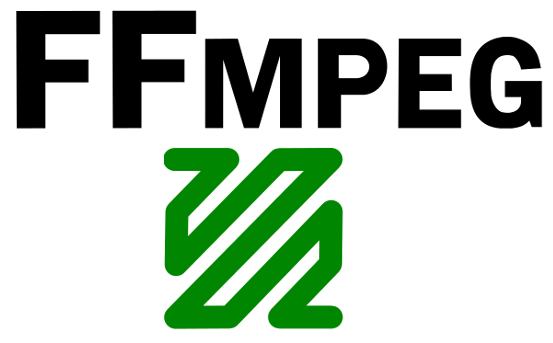

Will set the width of the output image to 320 pixels and will calculate the height of the output image according to the aspect ratio of the input image. For example, this command line:įfmpeg -i input.jpg -vf scale=320:-1 output_320.png If we'd like to keep the aspect ratio, we need to specify only one component, either width or height, and set the other component to -1. If you need to simply resize your video to a specific size (e.g 320×240), you can use the scale filter in its most basic form:įfmpeg -i input.avi -vf scale=320:240 output.aviįfmpeg -i input.jpg -vf scale=320:240 output_320x240.pngĪs you can see, the aspect ratio is not the same as in the original image, so the image appears stretched. In all the examples, the starting image (input.jpg) will be this one (535×346 pixels): The default for matrix in untagged input and output is always limited BT.601.One should always remember that YCbCr 4:4:4 8 bit is not enough to preserve RGB 8 bit, YCbCr 4:4:4 10 bit is required.Dither can be turned off using -vf scale=sws_dither=none.Limited range RGB is not supported at all.

Conversion from YCbCr limited to RGB 16 bit is broken, use zscale instead of swscale.For those -vf scale=out_range=pc should be used. Yet for x265 the workaround was implemented, but not for jpeg2000 and AV1.



 0 kommentar(er)
0 kommentar(er)
